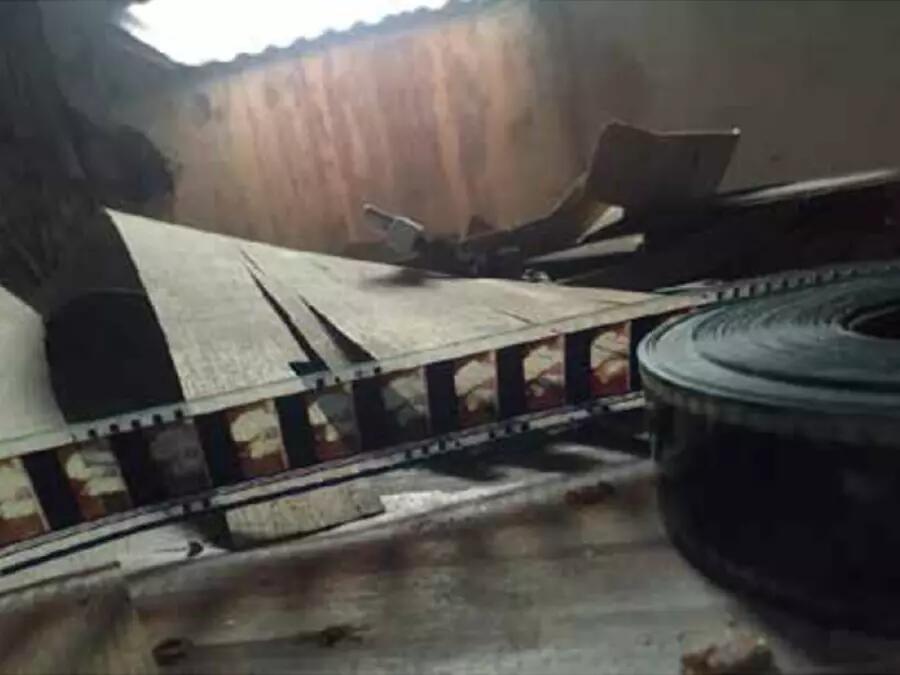
Screening Today: The Visible and Invisible Worlds of Tsai Ming-liang's Goodbye, Dragon Inn
Abstract
Through interviews, site visits, and formal and theoretical readings of cinematic and photographic works, this essay is a four-part investigation tethered to the deep space of Fuhe Grand Theater as a cinematic afterimage. First, I investigate the material remnants of Fuhe Grand Theater and the interconnections between the personal histories it shelters and the fortunes of the Taiwan film industry. Second, I read Merleau-Ponty’s Visible and the Invisible through the ways in which the film Goodbye, Dragon Inn acts not only as a site of survival for a closed theater but also as a chiasmatic archive that holds intertwined experiential and cinematic worlds. Third, I present Taiwanese artist Chu Yin Hua’s photographic project Goodbye, Goodbye Dragon Inn as an example of spectatorial futurity persisting across technological and formal divides. Finally, I return to two fallen “Screening Today” signs in Fuhe Grand Theater in order to propose a speculative indexicality that not only functions as a link to a returning past but can also be reactivated for future referents . . . The multibodied appearances and voices I trace through the physical and virtual sites of Fuhe Grand Theater illustrate a condition of possibility of cinema as the entanglement of flesh and flash, of the empirical and the abstract, and of the past and the future to come. In making an argument that there is a time after for cinema, I am suggesting that cinema’s temporal discontinuity allows it to not only echo or represent the past or present, but also make palpable futures that are on the verge of existing.
Author
Elizabeth Wijaya is Assistant Professor in the Department of Visual Studies and Cinema Studies Institute, and Director of the Southeast Asia Seminar Series at the Asian Institute.